 W
WLaurentius Andreae was a Swedish Lutheran clergyman and scholar who is acknowledged as one of his country's preeminent intellectual figures during the first half of the 16th century. In his time he was most renowned as one of the main proponents of the Swedish reformation of 1523-31.
 W
WAnna Vasa of Sweden was a Polish and Swedish princess, starosta of Brodnica and Golub. She was the youngest child of King John III of Sweden and Catherine Jagiellon. She was close to her brother Sigismund Vasa, King of Poland (1587–1632) and King of Sweden (1592–99). Raised a Catholic, Anna converted to Lutheranism in 1584 which made her ineligible bride for many of Europe's Catholic royals and she remained unmarried.
 W
WHans Brask (1464–1538) was a bishop of Linköping, Sweden.
 W
WCatherine Jagiellon was a Polish princess and Queen of Sweden as the first wife of King John III. As such, she was also Duchess of Finland (1562–1583) and Grand Princess of Finland (1581–1583). Catherine had significant influence over state affairs during the reign of her spouse and negotiated with the pope to introduce a counter-reformation in Sweden. She was the mother of the future Sigismund III Vasa, King of Poland.
 W
WCatherine of Sweden was a Swedish princess and a Countess Palatine of Zweibrücken as the consort of her second cousin John Casimir of Palatinate-Zweibrücken. She is known as the periodical foster-mother of Queen Christina of Sweden and the mother of Charles X of Sweden.
 W
WCecilia of Sweden, was Princess of Sweden as the daughter of King Gustav I and his second queen, Margaret Leijonhufvud, and Margravine of Baden-Rodemachern through marriage with Christopher II, Margrave of Baden-Rodemachern. She is the most famous of the daughters of Gustav Vasa, known for a courtship scandal in connection with a sister's wedding and for a lengthy stay in England under Elizabeth I where her first child was born.
 W
WNils Dacke was a Swedish yeoman who was the leader of a mid-16th century peasant revolt in the historic province of Småland in southern Sweden. The resulting Dacke War was fought against King Gustav I of Sweden of the Vasa family. It was the most widespread and serious civil war in Swedish history and almost toppled the king.
 W
WField Marshal and Count Jacob Pontusson De la Gardie was a statesman and a soldier of the Swedish Empire, and a Marshal from 1620 onward.
 W
WElizabeth of Denmark, Norway, and Sweden was a Scandinavian princess who became Electress of Brandenburg as the spouse of Joachim I Nestor, Elector of Brandenburg. She was the daughter of King Hans of Denmark, Norway and Sweden and his spouse, Christina of Saxony.
 W
WMargareta Eriksdotter Vasa, also called Margareta Vasa and Margareta of Hoya, was a Swedish noblewoman, sister of king Gustav I of Sweden. Between 1525 and 1534, she commanded Vyborg Castle on several occasions during the absence of her spouse.
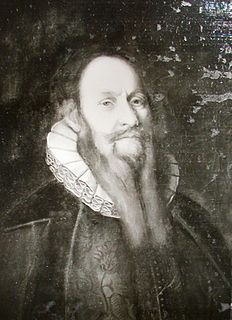 W
WLaurentius Paulinus Gothus was a Swedish theologian, astronomer and Archbishop of Uppsala.
 W
WRagnhild Grågås was a 15th century resident of Stockholm, Sweden. She was the person after whom Gåsgränd in Gamla stan was named.
 W
WOlaus Johannis Gutho was a late 15th-century student at Uppsala University, whose preserved lecture notes are one of the few sources for the curriculum of the only mediaeval Swedish university.
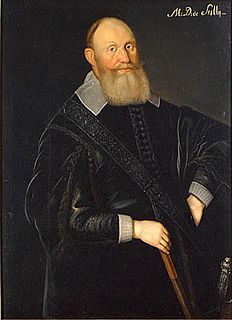 W
WBaron Carl Carlsson Gyllenhielm was a Swedish soldier and politician. He was made a baron (friherre) in 1615, appointed Field Marshal in 1616, Privy Councilor in 1617, Governor General of Ingria in 1617 and served as Lord High Admiral from 1620 until his death.
 W
WSofia Johansdotter Gyllenhielm, was a Swedish noble, the illegitimate daughter of King John III of Sweden and Karin Hansdotter.
 W
WChristina Nilsdotter Gyllenstierna of Fogelvik was a Swedish noblewoman. She was married to the Swedish regent Sten Sture the Younger, and led the Swedish resistance against Christian II of Denmark after the death of her spouse. In her own lifetime she was simply referred to as Fru Kristina, but she has become known in history as "Kristina Gyllenstierna" because of the house of nobility to which she belonged.
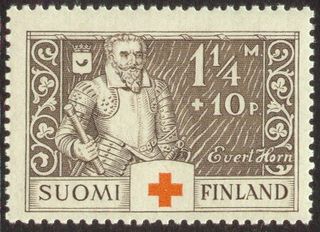 W
WEvert Karlsson Horn af Kanckas was a Swedish Field Marshall and Governor of Narva.
 W
WJakob Ulvsson was Archbishop of Uppsala, Primate of the Roman Catholic Church of Sweden 1469–1515 and the founder of Uppsala University in 1477.
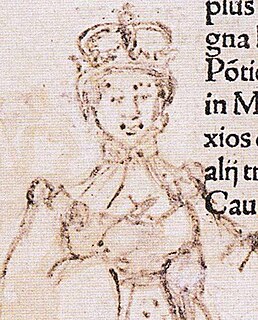 W
WKarin Månsdotter was first a mistress of King Eric XIV of Sweden and then briefly queen as his wife.
 W
WPetrus Kenicius was Archbishop of Uppsala in the Church of Sweden from 1609 to his death.
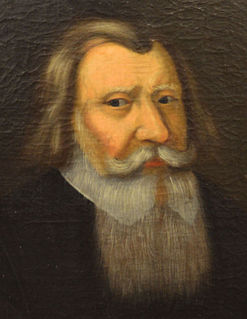 W
WJohannes Canuti Lenaeus was a professor at Uppsala University and Archbishop of Uppsala in the Church of Sweden
 W
WAnna Rheinholdsdotter Leuhusen, was the Abbess of St. Clare's Priory in Stockholm. She became known for her involvement in the Swedish War of Liberation between Sweden and Denmark in the 1520s.
 W
WJohannes Magnus was the last functioning Catholic Archbishop in Sweden, and also a theologian, genealogist, and historian.
 W
WLucretia Magnusdotter (Gyllenhielm) (1562-1624), was the illegitimate daughter of the Swedish prince Magnus, Duke of Östergötland, and Valborg Eriksdotter. She married the German noble Christoffer von Warnstedt (1542-1627) in 1586.
 W
WPrincess Maria Elizabeth of Sweden was a Swedish princess, daughter of King Charles IX of Sweden and Christina of Holstein-Gottorp, and by marriage Duchess of Ostergothia.
 W
WMaria of the Palatinate was a Swedish princess and Duchess of Södermanland by marriage, the first spouse of the future King Charles IX of Sweden. She died before he became king.
 W
WElin Ulfsdotter Snakenborg, Marchioness of Northampton, also known as Helena, and Helena the Red for her red hair, was a Swedish-born noblewoman, Maid of Honour of Queen Elizabeth I of England, and Marchioness of Northampton by her marriage to William Parr, 1st Marquess of Northampton.
 W
WFranciscus Pahr was an Italian architect who worked in Silesia and Sweden from the 1550s. He is remembered above all for his work in Uppsala where he contributed to the cathedral and castle. He refurbished the Upsala castle completely after the fire of 1572. Pahr was from a family of architects who worked in Germany and Sweden during the later part of 16th century and were instrumental in introducing Renaissance architecture to northern Europe. One of the first projects in this genre in Germany was Pahr's work at Uppsala.
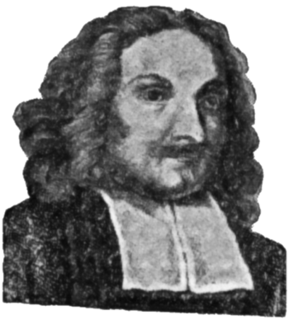 W
WLaurentius Petri Nericius was a Swedish clergyman and the first Evangelical Lutheran Archbishop of Sweden. He and his brother Olaus Petri are, together with the King Gustav Vasa, regarded as the main Lutheran reformers of Sweden. They are commemorated by the Evangelical Lutheran Church in America on April 19.
 W
WOlof Persson, sometimes Petersson, better known under the Latin form of his name, Olaus Petri, was a clergyman, writer, judge and major contributor to the Protestant Reformation in Sweden. His brother, Laurentius Petri, became the first Evangelical Lutheran Archbishop of Sweden.
 W
WPetrus Astronomus, O.Ss.S.,, a German by birth, was a Bridgettine monk in Vadstena Abbey, Vadstena, Sweden. In 1506, he created an astronomical clock for the Uppsala Cathedral, which, in addition to the hours and minutes of the day, also illustrated the moon phase and the movements of the planets. The clock was repaired by Christopher Polhem in the 17th century but destroyed in a fire in 1702.
 W
WBishop Johannes Rudbeckius or Johannes Rudbeck, bishop at Västerås, Sweden from 1619 until his death, and personal chaplain to King Gustavus II Adolphus.
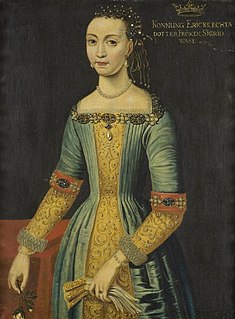 W
WSigrid Eriksdotter of Sweden was a Swedish princess, the legitimized daughter of King Eric XIV of Sweden and of his lover, later spouse and queen, Karin Månsdotter.
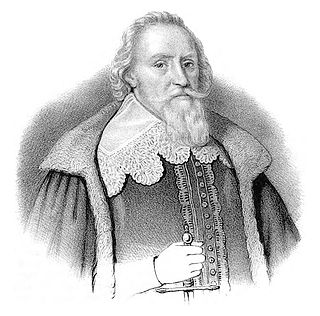 W
WJohan Skytte was a Swedish statesman who founded the University of Tartu.
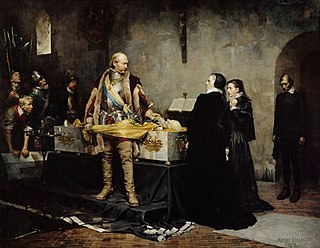 W
WEbba Gustavsdotter Stenbock was a Swedish noble. She led the defense of the stronghold Turku Castle for the loyalist of Sigismund III Vasa during the Siege by Charles IX of Sweden in succession of her spouse Clas Eriksson Fleming, (1530-1597), governor of Finland. The sister of queen Katarina Stenbock, she married Clas Eriksson Fleming, (1530-1597), governor of Finland, in 1573.
 W
WNils Svantesson Sture was a Swedish diplomat and soldier during the reign of Erik XIV of Sweden. He was the son of Svante Stensson Sture and Märta Erikdotter Leijonhufvud.
 W
WLady Ingeborg Åkesdotter Tott or 'Ingeborg Aagesdotter of the Thott', in her lifetime called Ingeborg Åkesdotter or simply Fru Ingeborg, was a Swedish noble, the consort of the Swedish regent Sten Sture the elder. She was the fiefholder of Häme in Finland. She functioned as the de facto queen consort of Sweden for over three decades and participated in state affairs during the reign of her spouse.
 W
WGustav Eriksson Trolle was Archbishop of Uppsala, Sweden, in two sessions, during the turbulent Reformation events.
 W
WErik Johansson Vasa was a Swedish noble and the Lord of Rydboholm Castle in Roslagen. His son would rule as King Gustav I of Sweden from 1523-1560.